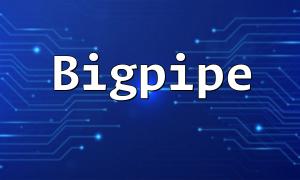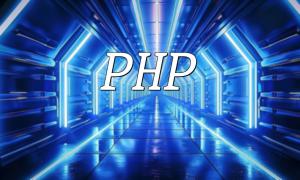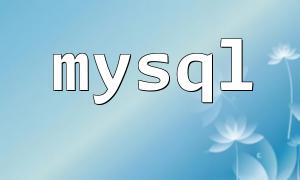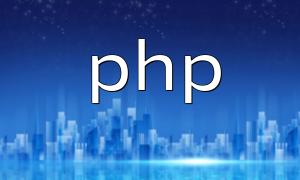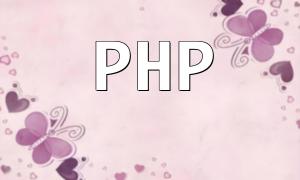Microservices architecture is a significant trend in software development, and more and more projects are adopting this approach. Compared to traditional monolithic applications, microservices allow the application to be split into smaller, independent services that can be deployed and scaled independently, thus improving flexibility and maintainability.
In a microservices architecture, each service can be developed using different technology stacks. For PHP developers, this means they can use different PHP frameworks, such as Laravel, Symfony, etc., and select the most suitable framework based on the service's needs.
Microservices architecture also encourages developers to adopt an API-first design pattern. All services interact through clear APIs, which not only improves service reusability but also enables parallel development by different teams.
The promotion of DevOps has made automated testing, continuous integration, and continuous deployment essential parts of the development process. PHP frameworks are continuously evolving to support these new trends.
Many modern PHP frameworks encourage test-driven development (TDD), providing rich testing tools and frameworks. For instance, Laravel provides built-in testing features for PHP developers, making it easy to write unit and functional tests.
public function testHomePage() {
$response = $this->get('/');
$response->assertStatus(200);
}PHP frameworks are increasingly integrating with continuous integration tools, such as GitHub Actions and CircleCI. This integration simplifies the development process and ensures that new code changes are tested and deployed quickly.
As cyberattacks become more frequent, the security of frameworks is becoming increasingly important. Modern PHP frameworks are continually enhancing their security features to protect applications from common security threats.
For example, the Laravel framework includes a range of built-in security features to protect against common attacks like SQL injection and Cross-Site Request Forgery (CSRF). These features are easily implemented with simple code, enhancing security during development.
Route::post('/submit', function() {
return 'Form submitted!';
})->middleware('csrf');Using dependency management tools like Composer, PHP frameworks can easily access the latest security patches and feature updates. For developers, maintaining the security of project dependencies has become simpler and more convenient.
As the demand for high-concurrency applications grows, asynchronous programming is gradually gaining attention in PHP. Although PHP is synchronous by nature, many modern frameworks are beginning to introduce asynchronous features.
Frameworks based on Swoole, for example, provide support for coroutines, enabling developers to write asynchronous code to improve CPU and I/O processing efficiency. This is crucial for high-load real-time applications.
Co::create(function() {
$result = Co::curl('http://example.com');
echo $result;
});More and more PHP frameworks allow event-driven programming, using events and listeners to enhance the scalability and modularity of applications, making the code structure clearer.
In the new technological environment, PHP frameworks continue to absorb and integrate new features to better meet developers' needs. The rise of microservices architecture, the promotion of DevOps, enhanced security, and the advent of asynchronous programming are all important trends in current PHP frameworks. As these features are gradually implemented and popularized, the future of PHP looks even brighter.
